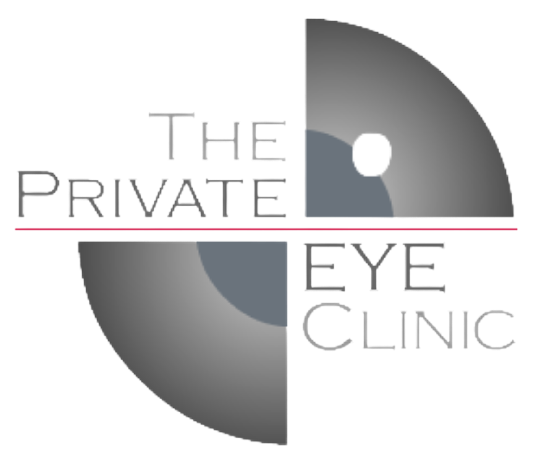
Dry Eyes
If you have dry eyes your eyes feel gritty or dusty or sore especially if windy, hot, smoky, dusty, air conditioners, car heater, etc. They will often look red. Age can cause the eyes to become dry, so can certain tablets. Some types of rheumatism can cause a dry eye (and often dry mouth at the same time - tell the doctor if this is you). Pollution might be another factor. It is important to avoid smoking and smokers - smoking doubles your chances of having dry eyes!
-
Treatment Options
YOU have to discover the best way to treat this. Buy and try a few different brands of LUBRICANTS. They are all available "over the counter" at the chemist without a prescription. Most are also available on prescription [may cost less in some circumstances]. Use a drop from one of the bottles several times in a day, then put that bottle in the fridge while you try another brand for a day. You'll soon find one that suits you.
For those patients who only get symptoms in certain specific situations single-dose vials (indicated by *) are more convenient. These contain no preservatives.
Brands you should try include Poly Tears (the 'market leader'), Tears Naturale, Tears Plus, Liquifilm, Lacril, Liquifilm Forte, Methopt and "Dry Eyes" by Murine.
Genteal eye drops are the only multidose dry eye therapy that is effectively preservative free. Preservative-free medicines may be better for long term use.
Other brands that can be tried if none of the above are terrific include:
Optifree Comfort drops Cellufresh*
Refresh* Celluvisc*
Methopt Forte Vismed* (expensive, excellent)
Clerz single use vials* Refresh Liquigel
Bion* Poly Gel*
All of these drops are similar but all different and one cannot predict in advance which one(s) will suit you best. Gels (Viscotears [available in a tube and also single dose vials], Poly Gel and Genteal) may last longer than drops. Systane is a drop that becomes a gel on contact.
If your symptoms are worst first thing in the morning then use a LUBRICANT EYE OINTMENT or GEL just before you go to bed at night. In Australia you can get VISCOTEARS, POLYVISC, LACRI-LUBE and GENTEAL GEL. If the symptoms are particularly bad during the day then you may find that ointment or gel will help by day, but most patients find the visual blurring to be too bothersome for routine use.
If you wake up with sore dry eyes have someone else check with a torch to see if you have your eyes completely closed when you are asleep. If they are not closed properly tell the doctor.
Once you find a drop/ointment that helps you a lot, use it as much as necessary to keep you comfortable.
Oral flax seed oil (from health food shops) can help difficult cases.
Wearing glasses, especially SUNGLASSES THAT CURVE AROUND THE SIDES, or a wide-brimmed HAT can help symptoms because these cut down evaporation of your tear film.
RARELY anything seems to help. You must come back to see the doctor. Maybe the diagnosis was wrong - there may have been something else as well as dry eyes (often lid margin malposition or inflammation). Sometimes a further procedure is required e.g. temporarily or permanently plugging the tear duct drainage.
ADDENDUM FOR CONTACT LENS USERS - Contact lens users who have dry eyes are at higher risk of getting an infection and should take steps to lessen this risk. Air dry your contact lens case daily. Once a week, wash it. These steps should lessen the chance of bacteria collecting on your contact lens case. When you are wearing your lenses use lubricants that are compatible. These include all of the * drops (except Bion) and also:
SOFT ONLY: B and L Sensitive eyes lens lubricant
HARD ONLY: Comfort, Liquifilm Wetting solution, Presert
SOFT OR HARD: Poly tears, Adaptettes, Optifree Comfort drops, Poly Gel, Genteal.
